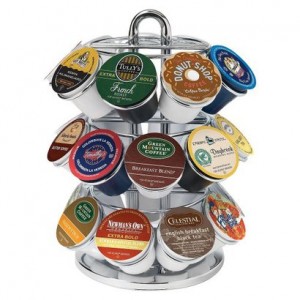
After reading Gene Marks’ blog post concerning a recent “Entrepreneur of the Year” distinction bestowed upon everyone’s favourite former Spice Girl, Victoria Beckham, I couldn’t help but wonder what the true definition of entrepreneurship is. Marks claims that Beckham is in fact a misrepresentation of a true entrepreneur, not because she isn’t a savvy businesswoman, but because she simply did not have to take any risks, financial or otherwise, to start her fashion company. However, I personally disagree with Marks statement that Victoria Beckham is not a real entrepreneur, as even though she did not have to go through the conventional “starving-dreamer-puts-life-savings-on-line-in-attempt-to-have-business-idea-become-reality” scenario, she still took a large risk in creating a high fashion label that has no connection to or affiliation with her celebrity status.
The main problem I have with Marks’ argument against Beckham is that he insinuates that only people without fame or fortune are able to be called entrepreneurs, as if the risks that these people take are somehow more significant than the risks encountered by someone with a lofty financial situation to fall back on in the case of failure to achieve profitability within the market. But there is far more to being an entrepreneur than just the magnitude of the risk being taken. As I learned in class 14 prep, there are 6 key personality traits that help to determine whether a person is suited towards an entrepreneurial path or not. Perhaps Beckham happens to possess all of these traits. In that case, is it fair to say that Beckham is not an entrepreneur simply because she has a lofty financial situation, completely disregarding these entrepreneurial qualities she naturally possesses and was able to utilize in the building of her fashion empire?




